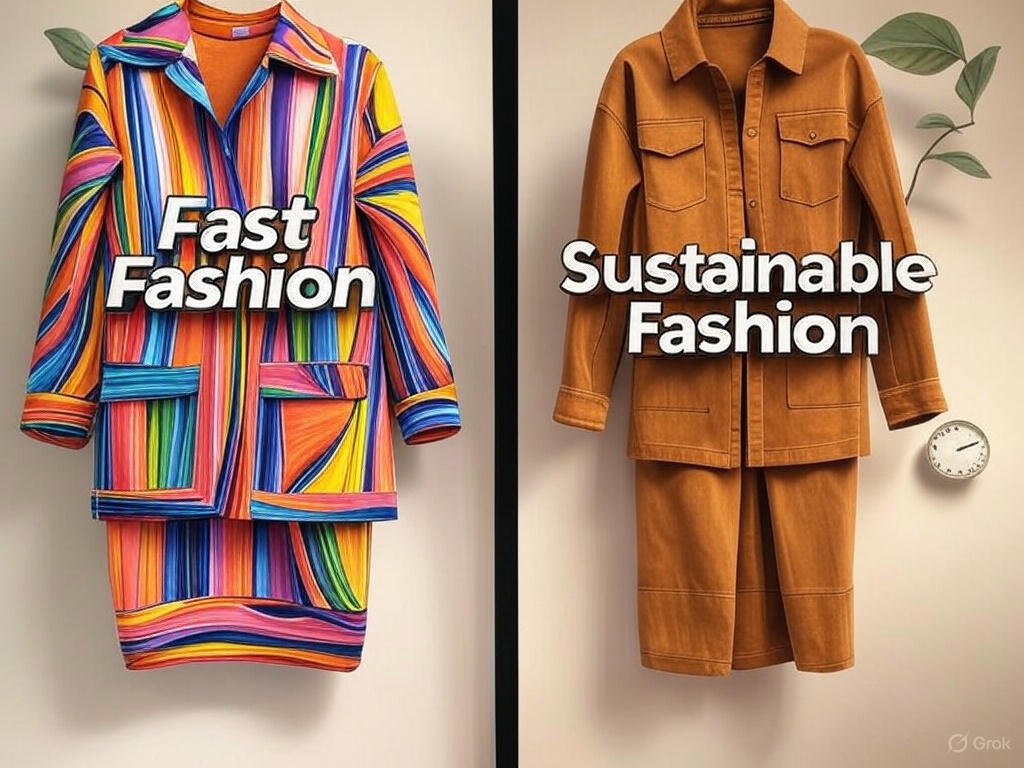13 MAY 2022
DO YOU REALLY KNOW YOUR COLORS?
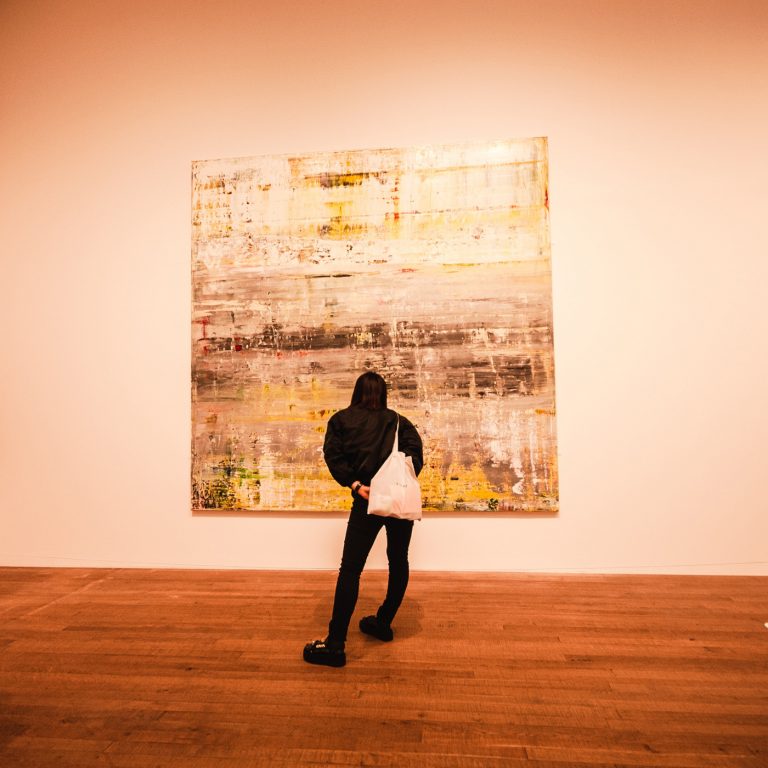
You visit a gallery to push your knowledge about art and you see a painting hanging on the wall - just some strokes of colors, you move past it and admire a scenic painting of a landscape. In just a minute you hear the former one getting bid for a whopping $44 Million. Yes, this is something that happened in Sotheby's auction house where a painting named, "Onement VI," by Barnett Newman was sold. In his career during the 1950s, he created a series of such paintings called ‘‘zip paintings’’.
Though we cannot quite understand the significance behind spending such an amount on just some colored canvas, art critics and bidders sure do and the most simple way to understand it is through ‘Color emotions’. It so happened that Newman’s painting “Who’s Afraid of Red, Yellow and Blue III” was slashed in an art museum (Looks like someone really was afraid of these colors).
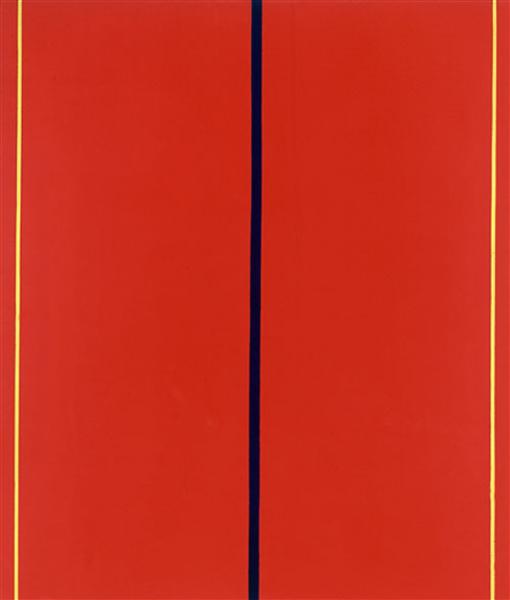
Who’s Afraid of Red, Yellow and Blue II By Barnett Newman
Understanding such simple colors requires very complex nuances. Newman knew how he can express deep emotions by just using the right tones and forms and reducing the visuals. You certainly understand how warm colors like red, yellow, and orange evokes energy, warmth, anger, and cool colors like blue and green project peace and solitude.
Understanding such simple colors requires very complex nuances. Newman knew how he can express deep emotions by just using the right tones and forms and reducing the visuals. You certainly understand how warm colors like red, yellow, and orange evokes energy, warmth, anger, and cool colors like blue and green project peace and solitude.
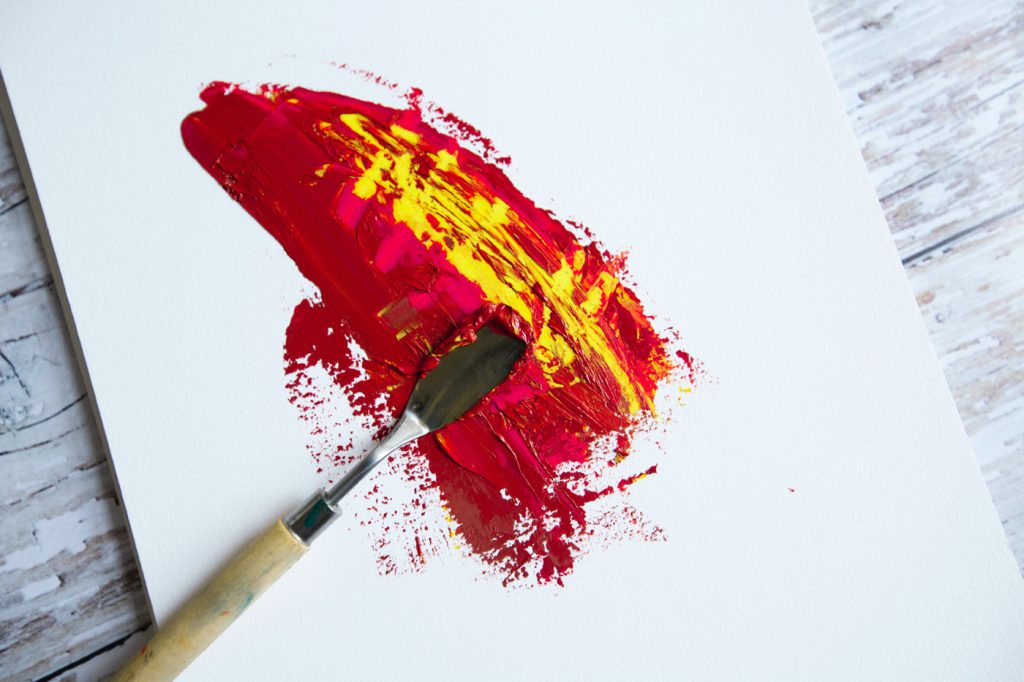
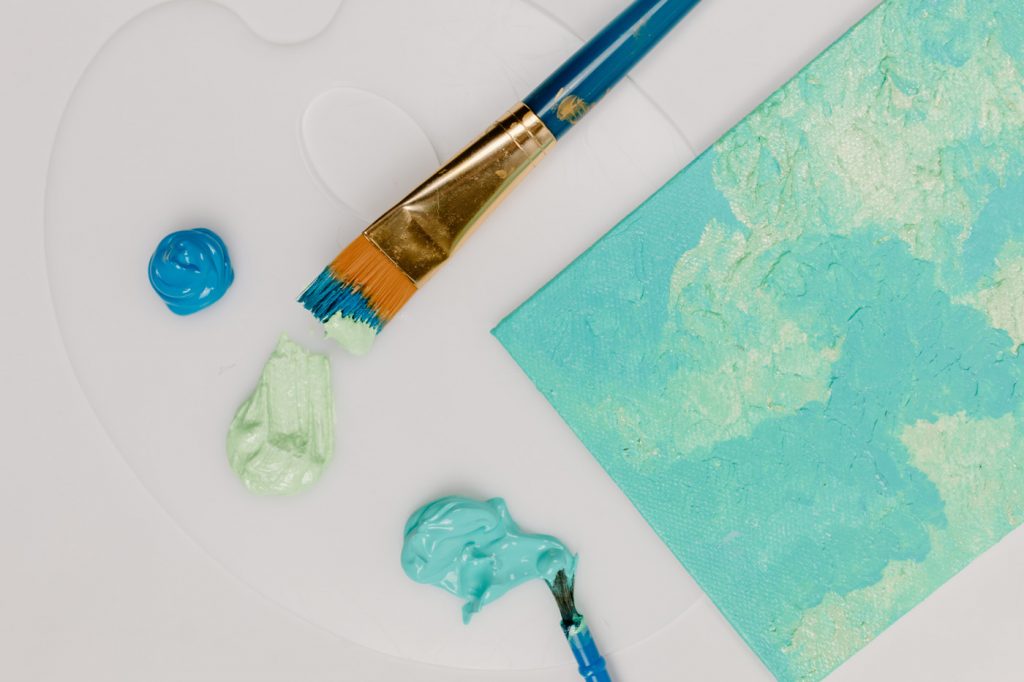
But have you ever thought this :
The presence of any color is actually the absence of it ?!
or
The primary colors Red, Green, and Blue you’ve been learning are actually not primary in paint?!
Why you’d ask? Here are the answers:
1. There are two color systems, "additive" where light is created directly, e.g. colors seen on phone screens, the other one is “subtractive” where the opposite color is absorbed and the other is reflected, e.g. paints, dyes, inks, etc.
2. The painting colors that we use or the colors we wear fall under the ‘subtractive’ color system, wherein some colors are absorbed while the one that is reflected is perceived as the presence of that ‘color’ to our eyes (Not going too sciency), while it is the absence of it, by reflection.
3. Red, Green, and Blue are "additive" primaries while Cyan, Magenta, and Yellow are the opposites of red, green, and blue which makes them “subtractive” primaries.
Does that mean your whole painting is a lie?!
No, it is not. We are habitual of adapting things taught to us in early stages, we learned these facts in science during high school but hardly any one of us could adapt to this. Also, when we are young, understanding such complex color schemes makes no sense. The RGB color system prevailed as the value it has is brighter and readily easy for painters to work on compared to the light CMY which needs black color to increase its value and needs more precision.
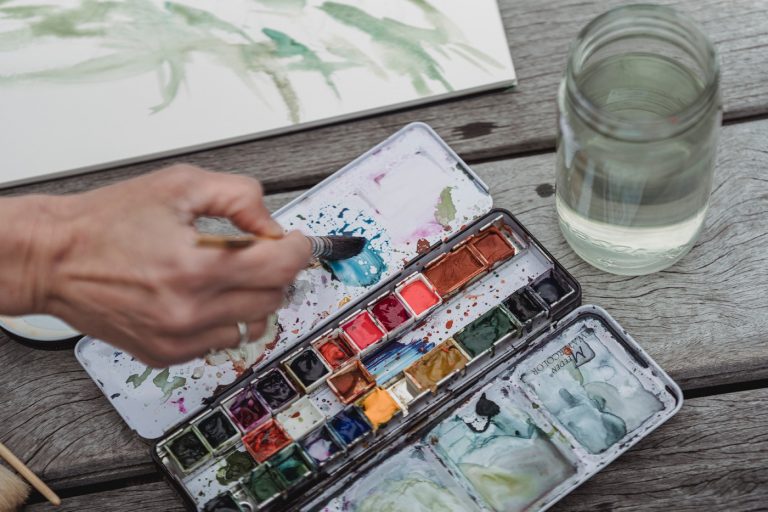
Next time when you paint try experimenting with CMY because both these color systems can make you a better artist and help you understand colors even better.
Related Articles
Get to know everything about international fashion courses Reading our blogs and articles on diverse topics.
Newsletter
STAY UP TO DATE
Receive news, new posts , and all the new trends straight to your inbox.
12 May, 2022



